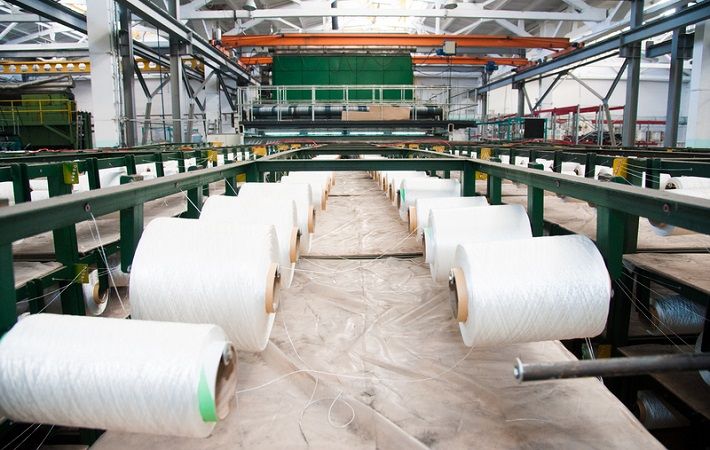US President Joe Biden recently signed a law banning products, including cotton, originating from China’s Xinjiang Uyghur Autonomous region. This decision could benefit the Indian textile industry, but for India to get more access for its textile products in the US, it needs to develop capacity both in terms of volume and quality in a short time.
In this context, the Product Linked Incentive (PLI) scheme announced this year will be very helpful, according to industry stakeholders.
Under the Uighur Forced Labour Prevention Act, signed by Biden on December 23, garments from competing countries like Bangladesh, Vietnam and Philippines would not also be able to enter the US if they are made using cotton grown in Xinjiang province.
US President Joe Biden recently signed a law banning products, including cotton, originating from China’s Xinjiang Uyghur Autonomous region. This decision could benefit the Indian textile industry, but for India to get more access for its textile products in the US, it needs to develop capacity both in terms of volume and quality in a short time.
So, in order to capitalise from this opportunity to fill in the likely vacuum created by textiles from China and other competing countries, the Indian textile industry has already started taking steps, according to Ashwin Chandran, managing director of Coimbatore-based Percot Meridien Ltd.
“China produces textile products on a very large scale, which give it benefit of scale at lower cost. So, in order to benefit from the opportunity, the Indian textile industry will have to increase production capacity on the same line. In fact, companies have already started expanding capacity to produce on a large scale,” Chandran, who is also vice chairman of the Confederation of Indian Textile Industry (CITI) told Fibre2Fashion.
“In this regard, the PLI scheme of the Indian government will help and encourage the industrial units for capacity expansion. While many Indian companies have already started work in this direction, it may take about one year to be ready with expanded capacity. The Indian textile industry will get long-term benefits from this and will be able to capture some share of the US market,” Chandran added.
Few months back, CITI had prepared a note on the issue highlighting the opportunity and challenges. According to the note, the Indian industry is confident of gaining benefit from the development but is not sure how much of the gap it would be able to bridge in the nearly $35 billion American market.
In the first 10 months of 2021, China made up for a 22 per cent share in the US textile fabrics market, 12 per cent in yarn market and 24 per cent share in clothing, according to the Office of Textiles and Apparel (OTEXA), under the US department of commerce. Compared to this, India’s share was 10.5 per cent, 9 per cent and 5 per cent, respectively. In 2019, China accounted for $36.413 billion of textile and clothing imports by the US, compared with $8.043 billion from India.
Fibre2Fashion News Desk (KUL)


:max_bytes(150000):strip_icc()/Health-GettyImages-1342980570-80531d9053c343799c89a6dbe9fcb768.jpg)


